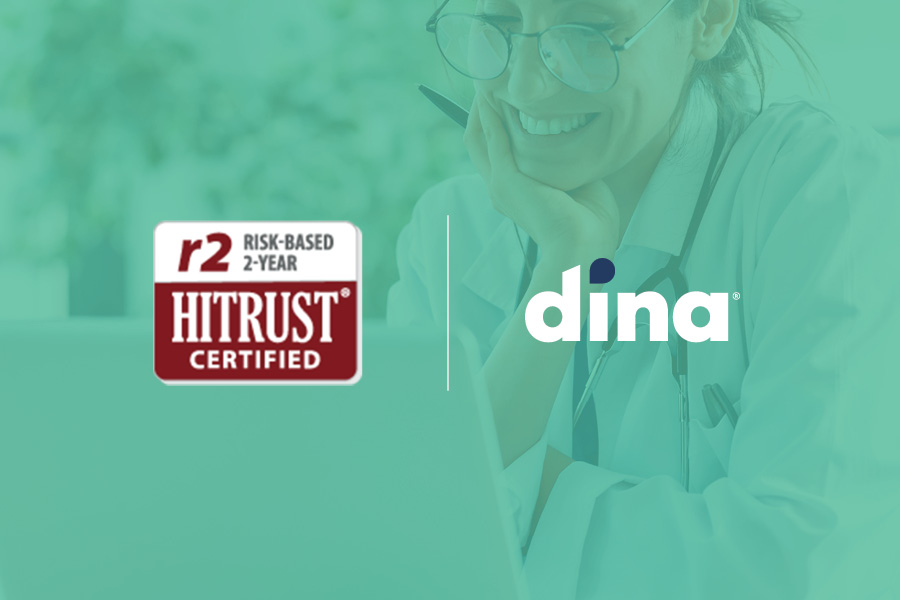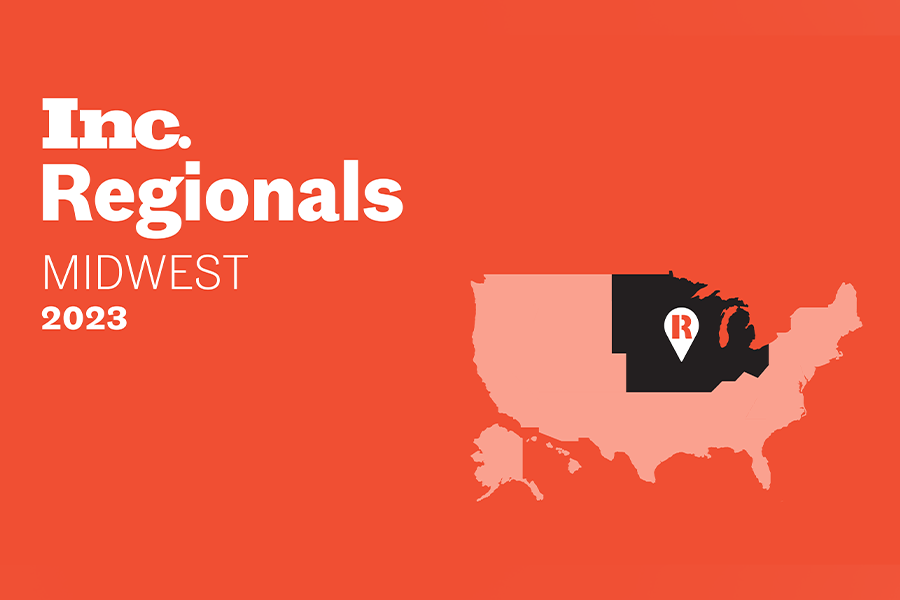
The following was written by Mary Kate Nelson in Home Health Care News on March 29, 2016.
When it comes to engaging caregivers and family members in a patient’s home health care, emulating popular social media platforms may be the way to go.
Two innovative mobile solutions for at-home caregivers have taken cues from social media and achieved demonstrable success in reducing hospital readmissions.
A Facebook Feed for Home Health?
Glenview, Illinois-based PreparedHealth’s mobile app “borrows the best of what consumers use today in their everyday lives” to engage family members and caregivers in a patient’s home health care, Ashish Shah, the company’s CEO, told Home Health Care News. So, what did Shah and PreparedHealth co-founder David Coyle determine that to be?
Facebook.
“We looked to Facebook, which shares 2 billion photos a day, and thought, ‘people are engaged there,’” Shah explained. “It’s what people’s standard is now for engagement.”
Caregivers and family members can think of the platform as “a Facebook feed of data, some of which is textual, some of which is images,” Coyle explained to HHCN. “Users have the ability to post pictures or direct message people in a similar fashion to how they would on most social networks.”
Coyle saw the benefits of such a platform first-hand, when his 89-year-old mother in Ireland fell ill last winter. Coyle, who lives in California, had 30 of his relatives across the globe— in England, Italy, Ireland, Australia and the United States— install the app on their phones. Then, all of the relatives could readily access a real-time feed of information about his mother’s health, as inputted by her caregivers, eliminating the need for what could have amounted to endless long-distance phone calls.
His relatives, new to the platform, “immediately understood it,” Coyle said. And if Coyle at any given time was unavailable, one of his relatives could respond.
“The app helps spread burden of care among a larger group of people,” Coyle said.
Coyle’s experience was confirmed by a pilot of the app at a BAYADA Home Health Care facility. During the pilot, hospital readmissions were cut in half, from 40% to to 20%, Ashley Wharton, chief clinical officer for BAYADA’s Home Health Division, told HHCN. When the pilot concluded, readmissions climbed once again to 40%.
The success has led Wharton to believe in the potential of the solution.
“We could have a huge impact if we took this mobile work force and enabled them to have a conversation outside of a traditional EMR,” Wharton said.
The solution also has potential to be used outside of home health, Shah said.
“Our plan is to take this into as many places as possible,” he said. “We started in home health, but we can take it to assisted living and skilled nursing—all of that seems to make really great sense.”
Keep Learning with Us
Want to learn more about Dina and how we are using technology to transform health in the the home? Subscribe to our newsletter to stay in touch!




